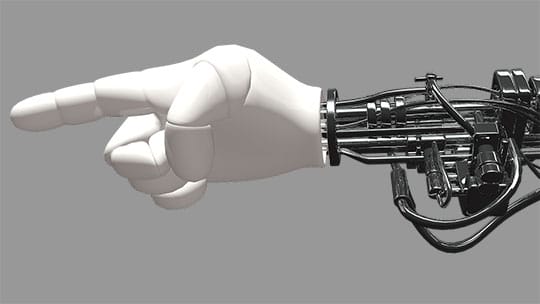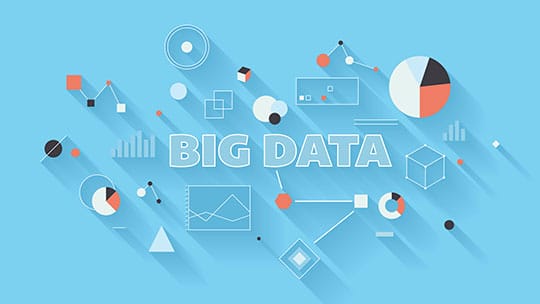“The Advances in ship construction will change the maritime industry in the future with innovations like unmanned ships and data-centric engineering.“
Shipping usually reminds us of stormy seas, dockyards and rusty and large shipping containers. Most don’t consider it as a high-tech industry, but the reality is that, at this moment, it is having a data revolution like many other industries.
Imagine a world where the shipping industry’s inanimate objects could talk. What would the ships of today convey us about the stress overweight containers kept on their hulls? How would they tell us about the strain they are put under due to certain weather conditions? How would they communicate the slow steaming’s real impact on their superstructure? It may sound like a science fiction stuff but the “talking ships” could be coming to a sea near you within few years.
These ‘smart ships’ of the near future can ‘talk’ through the utilization of nanotechnology in materials, coatings, and paints while ultra-sensitive monitoring via the use of acoustic fibers will enable the detection of small changes in vibrations.

In this brave, the data from ship machinery, components and structures and new maritime world voyage data will be accumulated and utilized to improve safety, productivity and performance. The commercial benefits are also present – key, if the innovation is to stick – where for instance, instead of avoiding inclement weather, the routes that are tailored to the ship’s capability can be optimized by the ship operators.
This leads to moving away from what is called as fixed maintenance intervals and progressing towards tailored predictive maintenance. It offers enhanced cost efficiency and decreases the operator risk. The analytics will also aid maintenance optimization and planning, as well as operational deployment and planning. Usually, the ships nowadays factories in maintenance at a time that is suitable to the commercial plan, but will be adapted dynamically in the future routes to fit with the mechanical and operational plan.
The Effect of Big Data
Few adapters are on board already with the advantages of hull monitoring. On a vessel that has acceleration gauges, they monitor the acceleration and measure the behavior of hull under certain conditions. This system enabled constant monitoring of the vessel and made a prognosis depending on the readings, parameters and weather forecast and the vessel’s parameters. But, a fundamental problem is thrown by the super smart ships: what to do with the massive amounts of data they will generate inevitably. Eventually, the handling of this industry-specific big data will dictate the ship efficiency gain level.

Observing ships at the nano-level requires careful thought. So much of data can be obtained at this organic level but how do we adequately analyze, collate and read it? Once these questions are answered, big things can be done with big data. Feedback over the vessel’s life on what it is doing actually instead of depending on theory can be a solution to understanding what has happened with the marine losses. When we can acquire real reports on what the vessel was coming into contact with that will alter the construction dramatically. It is enthralling and is not going to go away.
Recommended reading: The Era of Artificial Intelligence: 5 Ways AI is Changing the Web.
The Advancement of Data – Centric Engineering
The future ship intelligence will go beyond ultra-monitoring and nanotech. Within 10 years, the bridges of ships will be focused solely on data analysis processing at high levels to operate onboard systems in order to handle navigation and propulsion.
The “Ox” or “Future Operator Experience concept” developed by a famous ship building company in association with VTT Technical Research Centre of Finland imagines a future with smart crew workstations which identify the individuals automatically when they walk into the bridge and adjust to their own preferences. The Ox bridge’s windows will be having augmented reality displays of the surroundings of the vessel including the potential hazards’ visualizations that wouldn’t be visible to the human eye.
Conclusion

In the history of shipping, this is truly an exciting period. The technology and especially, the smart utilization of big data is going to drive the future generation of ships. It is strongly believed that over the next 10 to 20 years, the ship intelligence is going to be the driving force that will determine the competency levels needed from seafarers of tomorrow, the type of ships at sea and ultimately, the future of ship industry.
This article is written by Savaram Ravindra. He was born and raised in Hyderabad, popularly known as the ‘City of Pearls’. He is presently working as a content contributor at Tekslate.com. Follow him: LinkedIn | Twitter.





